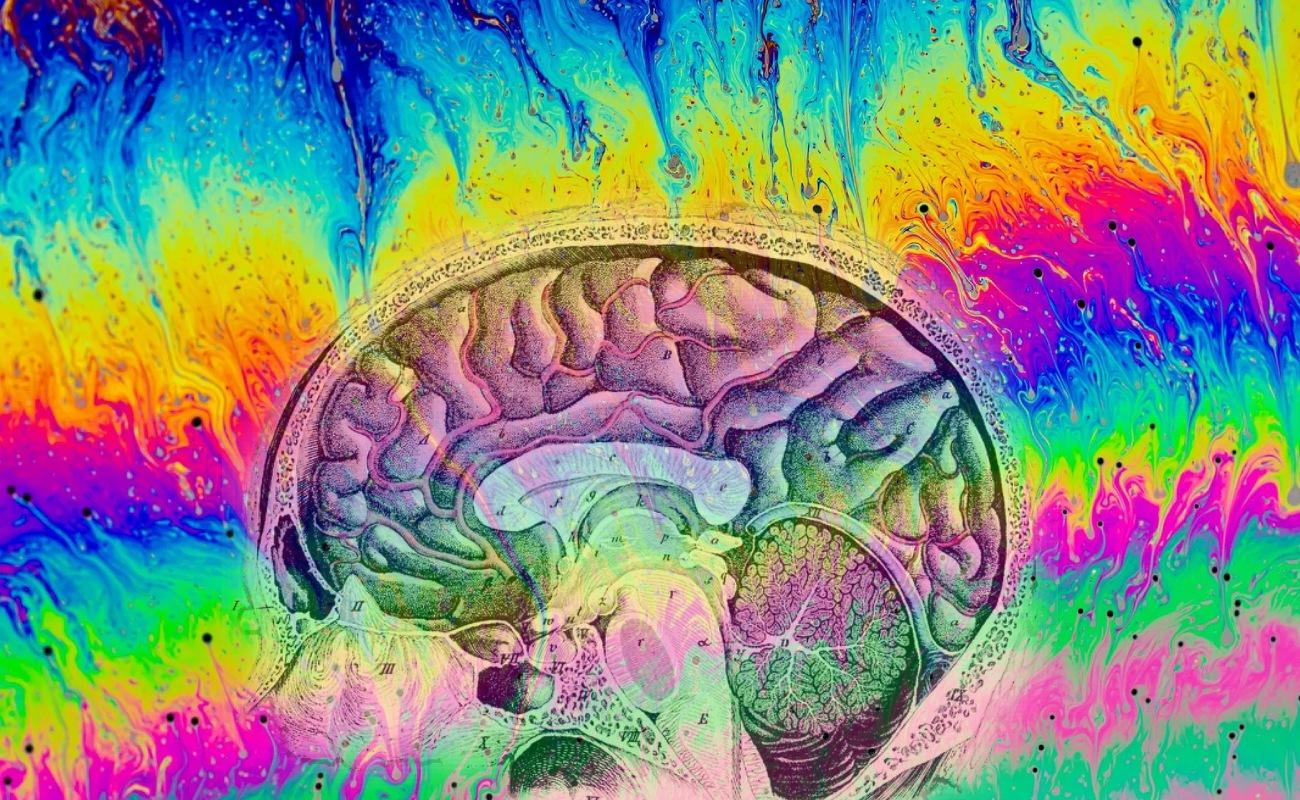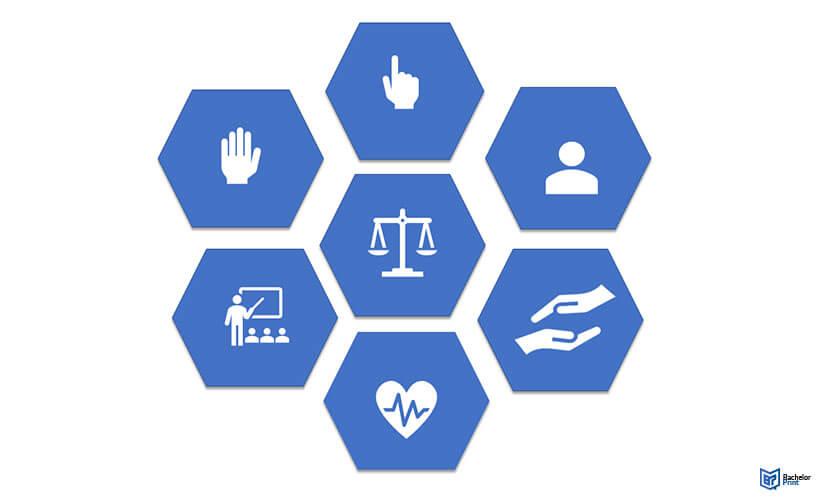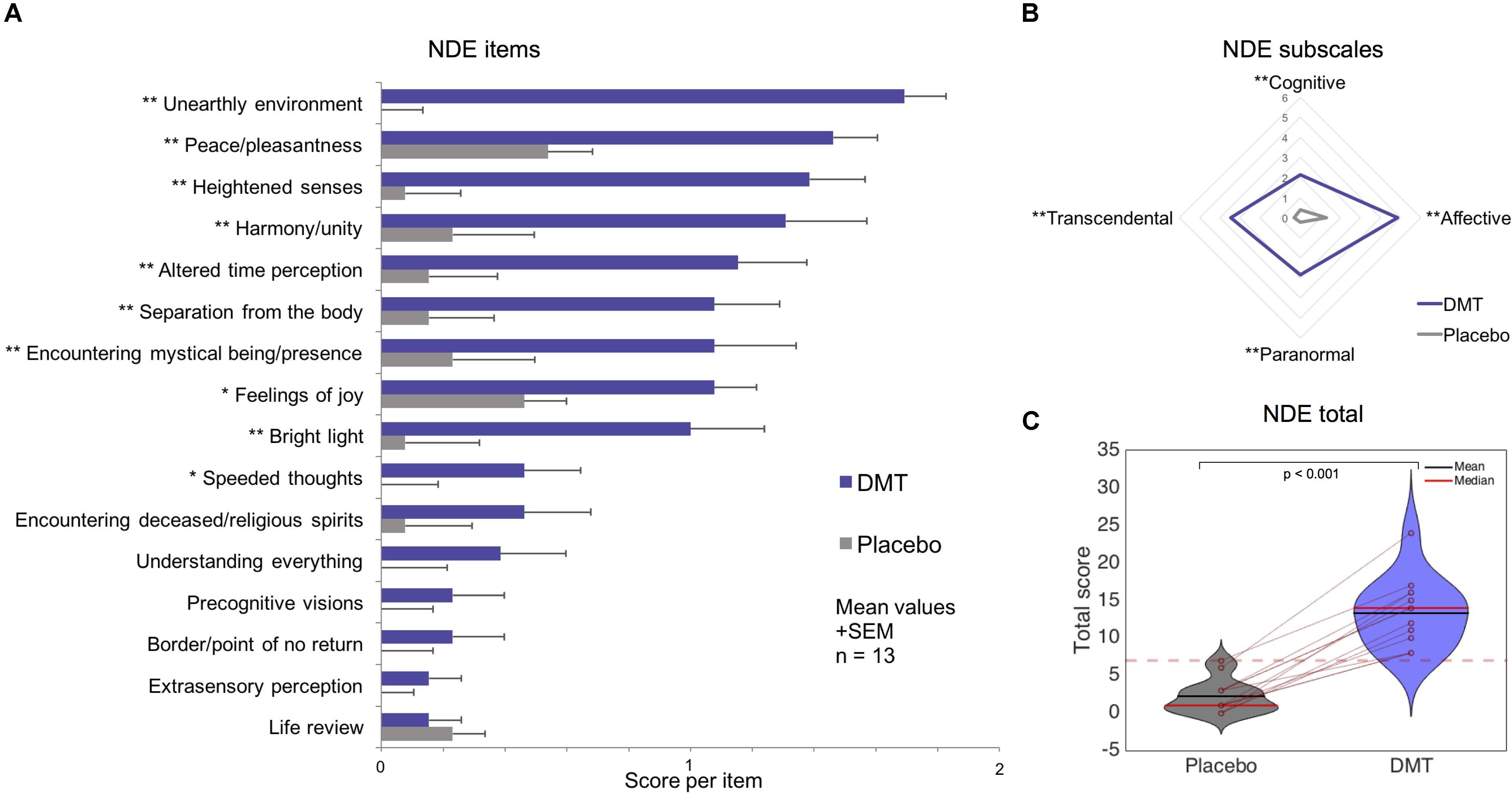Exploring 2025: DMT Research and the Quest for a Cure for MS
As we stand on the precipice of a new era in medical science, the journey toward unraveling the complexities of multiple sclerosis (MS) takes a tantalizing turn. In the unfolding narrative of 2025, researchers, clinicians, and patients alike are bound by a shared hope—a hope that the mysteries shrouding this unpredictable autoimmune disease may soon yield to innovation and understanding.
Amidst traditional pharmacological approaches, a wave of pioneering research is casting a spotlight on disease-modifying therapies (DMTs) that might not only halt progression but also inspire the prospect of a cure. This article delves into the latest advancements in DMT research, highlighting groundbreaking studies, emerging therapies, and the profound implications these developments hold for improving the lives of those affected by MS.
Join us as we navigate the frontier of scientific inquiry and patient advocacy, probing the question: could 2025 mark a pivotal chapter in the quest for solutions to one of neurology’s most daunting challenges?

Harnessing the Potential of DMT: Scientific Breakthroughs and Ongoing Trials
The exploration of DMT (N,N-Dimethyltryptamine), a potent psychedelic compound, has surged in recent years, revealing its potential therapeutic benefits through groundbreaking research. Key studies are uncovering how DMT interacts with neurobiological systems,especially in regard to neuroregeneration and modulating immune responses. As researchers dive deeper, preliminary findings suggest that DMT could play a critical role in treating various neurological conditions, including Multiple Sclerosis (MS). the research is paving the way for innovative therapies that might not only alleviate symptoms but also promote healing within the central nervous system.
Current trials are investigating both the biological mechanisms of DMT and its effects on patients with MS. The focus is shifting toward understanding safety profiles, optimal dosing, and long-term outcomes. Keen findings from early-stage trials have sparked interest in complete studies designed to examine the broader impacts of DMT. Potential avenues being explored include:
- Neuroprotection: Assessing DMT’s ability to safeguard neurons from damage.
- Anti-inflammatory Properties: Investigating DMT’s role in reducing inflammation associated with MS.
- Improvement of Quality of Life: Measuring the psychological and physical benefits reported by participants.
| Trial Phase | Description | Expected Outcomes |
|---|---|---|
| Phase I | Safety and Dosage Evaluation | Establishing a safe dosage range |
| Phase II | Efficacy in Symptom Management | Reduction in spasticity and fatigue |
| Phase III | Long-Term Effects Study | Assessment of sustained benefits and side effects |

Understanding the Mechanisms: How DMT Targets Multiple Sclerosis Pathology
Recent research has unveiled that disease-modifying therapies (DMTs) for multiple sclerosis (MS) function through a diverse array of mechanisms that target various aspects of MS pathology. These therapies aim to reduce disease activity by altering the immune response, promoting neuroprotection, and mitigating inflammation.the intricacies of how DMTs interact with the pathophysiology of MS are exhilarating, as thay often involve:
- Immune Modulation: DMTs, such as fingolimod and dimethyl fumarate, recalibrate immune system responses, effectively decreasing the frequency and severity of relapses.
- Neuroprotection: Some treatments encourage the production of neuroprotective factors that can shield nerves from damage, thereby preserving neuronal integrity.
- Inflammatory Regulation: Others effectively curb the inflammatory processes that contribute to demyelination, aiding in the recovery of damaged tissues.
The ongoing investigations into DMTs continue to shed light on their multifaceted roles in combating MS. Such as,studies have illustrated how these therapies may assist in remyelination — the repair of damaged myelin sheaths surrounding nerves. Notably, recent findings have illustrated the influential parameters of various DMTs:
| DMT Type | Mechanism of Action | Clinical Benefits |
|---|---|---|
| Fingolimod | Sequesters lymphocytes | Reduces relapse rates |
| Dimethyl Fumarate | Activates antioxidant response | Decreases neurological impairment |
| Ocrelizumab | Targets B-cells | Delays progression in primary progressive MS |
Through these advancements, the landscape of MS treatment is evolving, promising hope to countless individuals affected by the disease. As the technology and methodologies advance, understanding how these treatments can be optimized to target MS more effectively is of paramount importance in the quest for a definitive cure.

Navigating Ethical Considerations: Balancing Innovation and Patient Safety
As the quest for a cure for multiple sclerosis (MS) advances through promising drug research and therapeutics, ethical considerations remain paramount. researchers and practitioners are confronted with the challenge of establishing a framework where innovative treatments do not compromise patient safety. Striking a balance requires a thorough evaluation of both the benefits and potential risks associated with drug development and clinical trials. In this context, the following principles should guide the efforts:
- Informed Consent: Ensuring patients understand the implications and potential risks of participation in experimental treatments.
- Openness: Maintaining open lines of dialog about the status of clinical trials and findings.
- Equitable Access: Providing fair opportunities for diverse patient populations to engage in research.
- Regulatory Oversight: Adhering to stringent guidelines established by governing bodies to protect patient welfare.
The ongoing pursuit to unlock breakthroughs in MS treatment necessitates a comprehensive ethics framework that evolves with scientific progress. Researchers must engage in continuous dialogue with ethicists, practitioners, and the communities they aim to serve, ensuring that the innovations in Disease Modifying Therapies (DMTs) occur within an ethical landscape. This landscape should foster a culture of obligation, where stakeholder viewpoints are synthesized to address concerns like adverse effects and long-term implications of new therapies:
| Focus Area | Considerations |
|---|---|
| Patient Safety | Long-term monitoring and adverse effect tracking |
| Innovation Rapidly | expedited pathways for promising therapies |
| Community Engagement | Feedback mechanisms from patients and advocacy groups |

Future Directions: Collaborative Efforts in DMT Research for MS Cure
As researchers continue to explore the multifaceted landscape of Disease-Modifying Therapies (DMTs) for multiple sclerosis (MS), collaborative efforts are emerging as a critical component of the quest for an effective cure. Cross-disciplinary partnerships among pharmaceutical companies, academic institutions, and non-profit organizations are being fostered to pool resources, share data, and accelerate the pace of innovation. This synergy not only enhances the reliability of clinical trials but also refines the methodologies employed in research, paving the way for novel therapeutic strategies. Key areas of focus include:
- Biologic therapies: Harnessing the power of biologics to create more targeted treatment options.
- Precision medicine: Developing personalized approaches based on genetic profiling and biomarkers.
- Artificial intelligence: Utilizing AI for predictive analytics in treatment responses.
Equally noteworthy is the growing emphasis on patient-centered research, where the voices and experiences of those living with MS play a role in shaping treatment protocols. Collaborative networks are setting up forums for patient feedback,as well as integrating patient-reported outcomes into clinical trials. This holistic approach allows researchers to better understand the nuances of MS and the impact of DMTs on quality of life, leading to more effective interventions. The future of DMT research benefits from an ecosystem of:
| Collaboration Type | Focus Area | Expected Outcome |
|---|---|---|
| Industry Partnerships | Innovative Drug Development | Faster Time to market for New Treatments |
| Academic Alliances | Basic Science Research | Deeper Understanding of Disease Mechanisms |
| Patient Advocacy Groups | policy Influencing | Greater Patient Engagement in Research |
To Conclude
As we turn the final page on our exploration of DMT research and its potential role in the quest for a multiple sclerosis cure, we find ourselves at an intriguing crossroads of science and hope. The landscape of neurobiology is ever-evolving, illuminated by the flickering lights of innovative studies and groundbreaking discoveries. while the promise of DMT offers a glimmer of optimism for many who navigate the complexities of MS, it also invites us to ponder the broader implications of such research—its potential to reshape our understanding of the human brain, consciousness, and the intricate pathways of healing. In 2025, as we stand on the precipice of what could be transformative advancements, it is crucial to approach this journey with patience and curiosity. As with any pioneering field, the road ahead will be paved with both triumphs and challenges.The ongoing dialogue among researchers, clinicians, and those affected by MS will be vital in steering the future of this promising avenue. Ultimately, whether or not DMT emerges as a definitive remedy, its study will continue to ripple through the fabric of medical science, fostering a deeper understanding of the mind-body connection and possibly unlocking secrets that have eluded us for centuries. The narrative is far from over; in fact, it is just beginning. And as we venture further into this uncharted territory, one truth remains clear: the quest for a cure is not merely a scientific endeavor but a collective journey driven by hope, resilience, and the unyielding human spirit.


